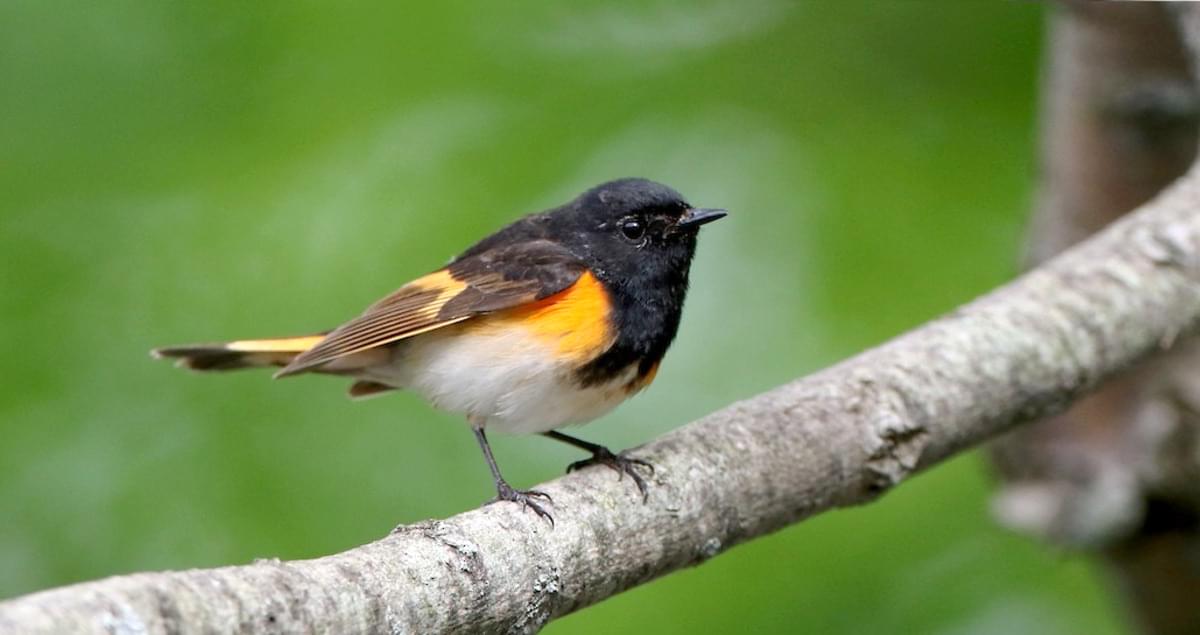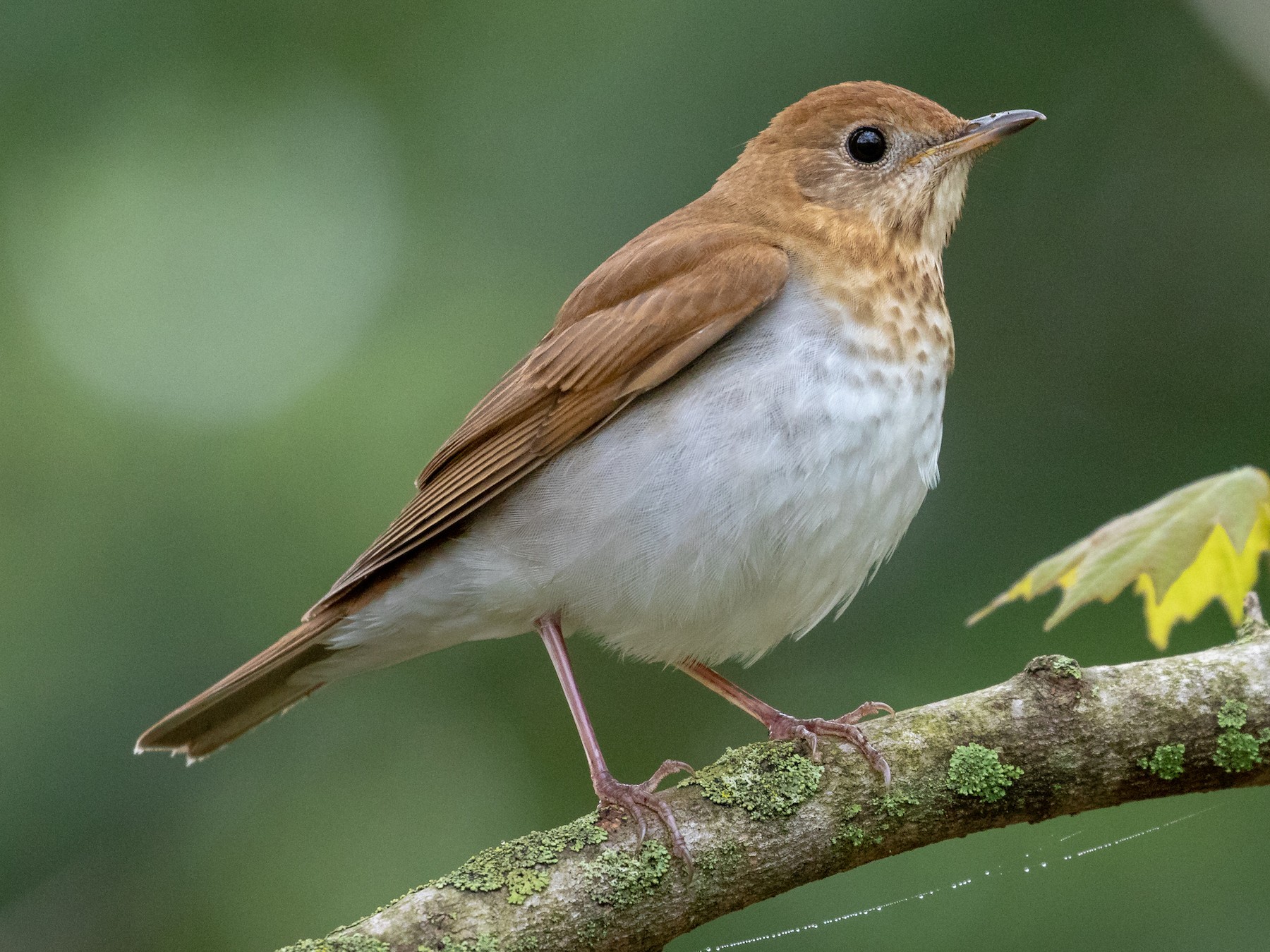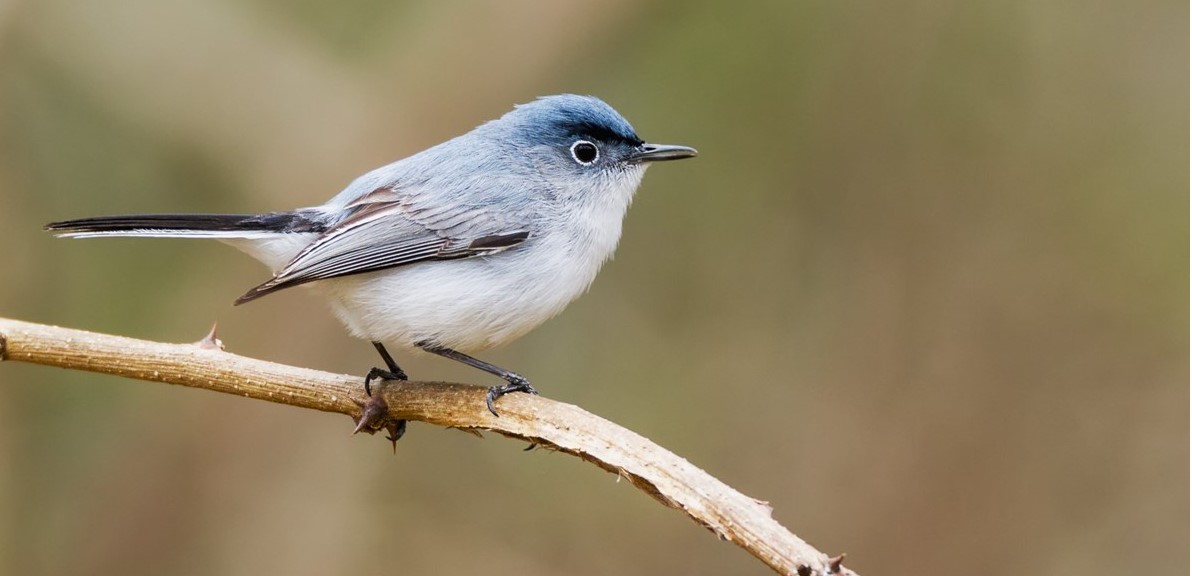(by Patressa Kearns)
When winter starts to get old, even to those of us who love winter, spring seems mighty slow to come. “Slow as molasses” doesn’t begin to describe the sluggishness of spring’s arrival, when our moods have grown stale with the general taupeness of the cold months. And if spring’s arrival in the lowlands is like ice-cold molasses, well, in the mountains of Shenandoah National Park, we’re talking frozen honey! Spring trickles up the Virginia mountains about a month later than it oozes into the lower elevations of the Shenandoah Valley to the west and the Virginia Piedmont the the east.
But when spring finally arrives in Shenandoah, each day brings a new surprise. Trees begin to flower—lacy white serviceberry trees and apple trees. Wildflowers poke their lovely heads out of the gray-brown earth—pale purple hepatica, bright white bloodroot, golden yellow coltsfoot.
And songbirds!

You can find some songbirds in the Park year round. American Robins, Northern Cardinals, Eastern Bluebirds, Dark-eyed Juncos, and some woodpeckers among them. These are lovely birds, and we never get tired of seeing them. But like the homecoming of the Prodigal Son, in spring we thrill to sight of jewel-toned spring-arriving songbirds like the checkerboard- hued American Redstart and the dulcet-voiced Veery.

It’s no accident, the arrival each spring of birds to the Blue Ridge Mountains. Each bird arrives on its own time schedule, for its own reasons. Most of those reasons have to do with food supply, primarily insects, worms, and seeds. By early May, most of the birds that migrate to Shenandoah National Park have arrived. Even though it’s still spring, as far as birds are concerned, summertime breeding has begun. And some birds, especially some warblers—the Tennessee, Wilson’s, Nashville, Golden-winged, and Blue-winged, for example—pause in the Park only briefly, feeding and resting here for only a day or three before continuing on their migratory way. You’re most likely to spot these drifters in the Park in early May, a favorite time for birdwatchers in Shenandoah.
But all spring and summer long, birdwatching is a great way to spend time in Shenandoah. Why not join in the fun? Make like a bird and wing your way to Shenandoah National Park and find some of our colorful feathered friends. Don’t forget your binoculars!
“Those little nimble musicians of the air, that warble forth their curious ditties, with which nature hath furnished them to the shame of art.”
~ Izaak Walton
